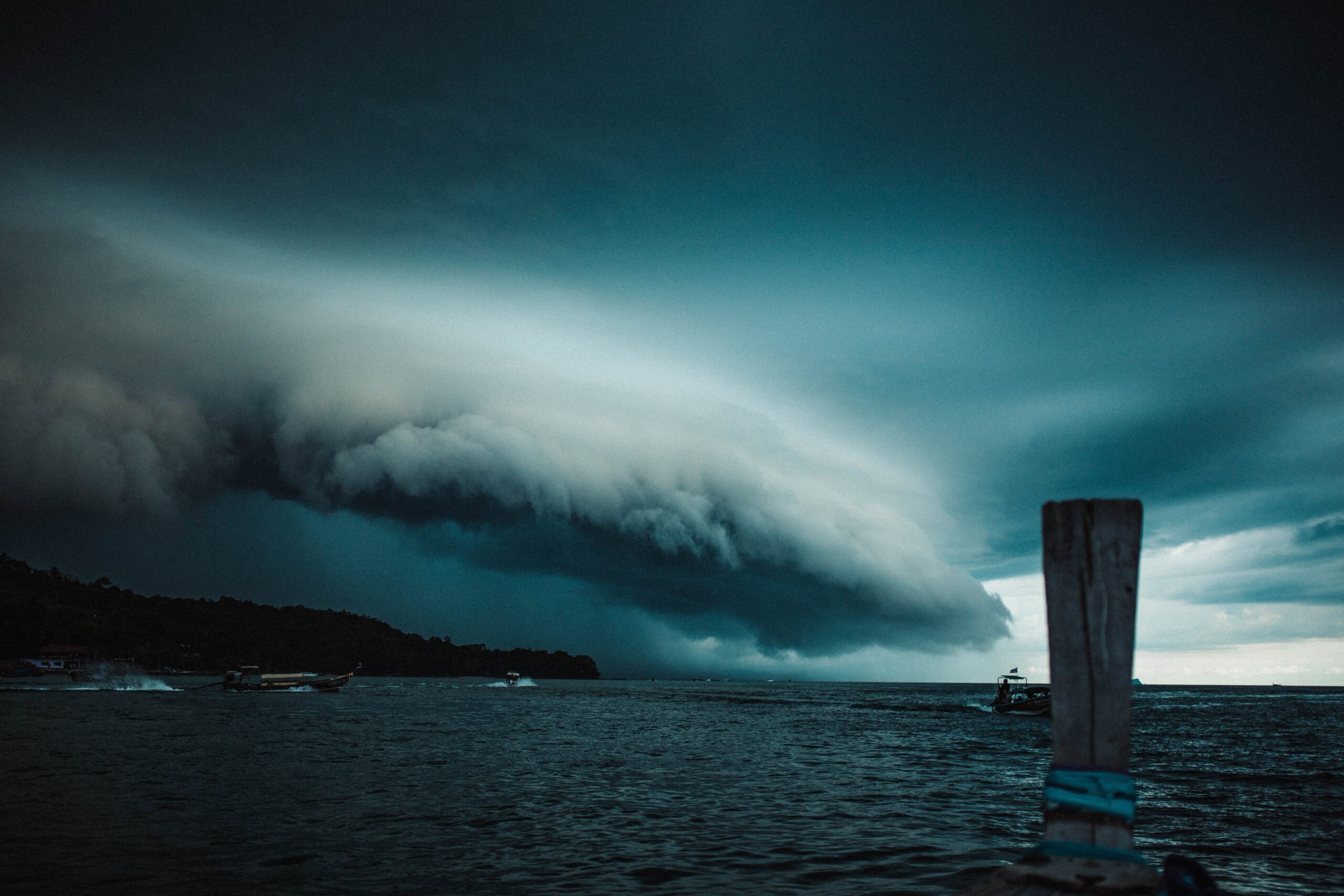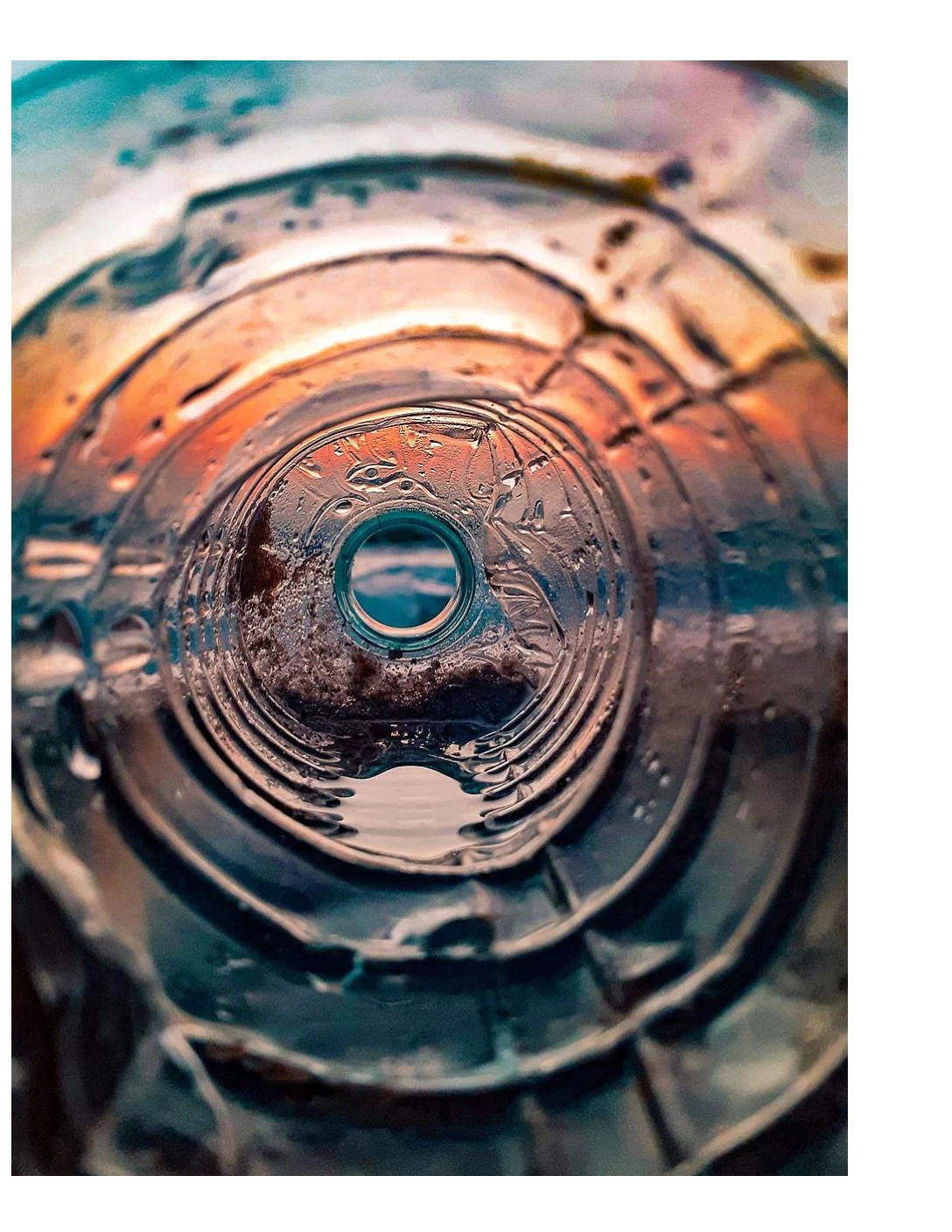Don’t swim after rainfall to save yourself a lot of aches and pains.
By Nicole Halper, Publishing Associate with Save the Water™ | June 9, 2021
Summer is here and it’s finally time to put on your swimsuit. Lakes, oceans, rivers, and ponds all have your name on them. But before you pack your beach bag, there’s one more thing you have to do: check the weather, of course! We don’t just mean the weather forecast—we mean the weather history too. When was the last time it rained in the area where you’re about to get wet? It may be too risky to swim after rainfall.
If it’s rained over half an inch in the last three days, it may be too dangerous to swim in open waters. And by dangerous, we’re not talking about high water levels and strong rip currents. Those are (usually) easy to see and understand immediately as threats. No, the danger to avoid while swimming after rainfall is invisible; microscopic, even!
In general, it’s best to avoid swimming in coastal waters for one day after heavy rainfall, and avoid swimming in rivers and estuaries for three days after heavy rainfall. This goes for tubing adventures, lazy beach days, surf mornings, or even boating trips where you decide to take a dip.
What makes swimming after rainfall so dangerous?
Research shows that rainfall causes an enormous influx of contaminants, pollutants, and microbes into the waterways. Such a large influx that if you swallow water from those open waterways, or if the water gets into your eyes or open cuts, you’re more likely to get sick. Forget the perils of sunburn! (Wait, no; don’t. We definitely suggest you lather up with some SPF.) As a result of exposure to contaminated water, you might be dealing with diarrhea, chills, aches, fever, or worse symptoms caused by infection, even from the cleanest rivers and lakes you’ve ever seen.
What happens when it rains?
Surface runoff in rainwater contaminates the waterways.
On the surface, your area doesn’t have to look heavily polluted for the local waterways to get you sick. Invisible pollutants may include:
- Agricultural runoff (chemicals and fertilizers)
- Water running off lawns and other surfaces that may contain pesticides and animal or human waste
- Overflow from sewage treatment systems
- Oil that carries bacteria, parasites, and viruses, which can cause a variety of diseases
Keep in mind that swimming pools are okay to swim in after rainstorms. One tip: since the only water entering your pool will most likely be rainwater, be sure to check the pH first. Rainfall is slightly acidic, so you may have to adjust the alkalinity of the water before you take a dip.
What are the potential consequences of swimming in contaminated water?
Storm water runoff contains microbes that may cause a variety of illnesses when the water is swallowed or enters the body through other pathways (ears, nose, throat, or cuts). When you swim after rainfall, you run the risk of ingesting bacteria-infested water, you may contract gastroenteritis (stomach flu). Symptoms may include cramps, vomiting, diarrhea, stomachache, nausea, headache, and fever.
Other sicknesses caused by polluted water include hepatitis; respiratory illness; ear, nose, and throat problems; giardiasis; amoebic dysentery; skin rashes; pink eye; and ear infections. As you can probably tell, getting any of these illnesses is no day at the beach!
How can you avoid getting sick?
Avoid open water for up to three days.
It is best to avoid polluted waters for 12 to 72 hours following heavy storms. After three days, water levels typically return to what’s considered safe. For detailed information about the safety of a specific beach, check out the EPA’s directory of coastal water quality.
However, if you’re eager to go tubing or swimming after rainfall and don’t have a beach report handy, use this general rule of thumb: if you see lots of leaves and plastic bottles floating around in the water, then don’t go in. Just remember! Storm water can look clean and still have a very high concentration of disease-carrying pathogens and bacteria.
So the next time you’re planning that beach day, try to stay safe and healthy as best as you can—don’t forget to not only check ahead for good weather, but to check back in time as well!





